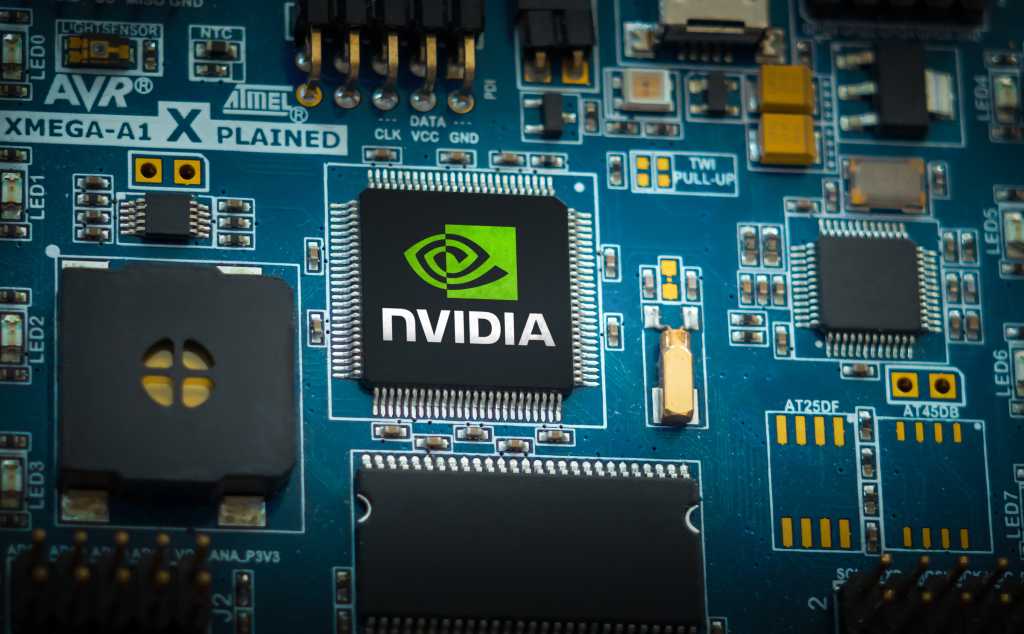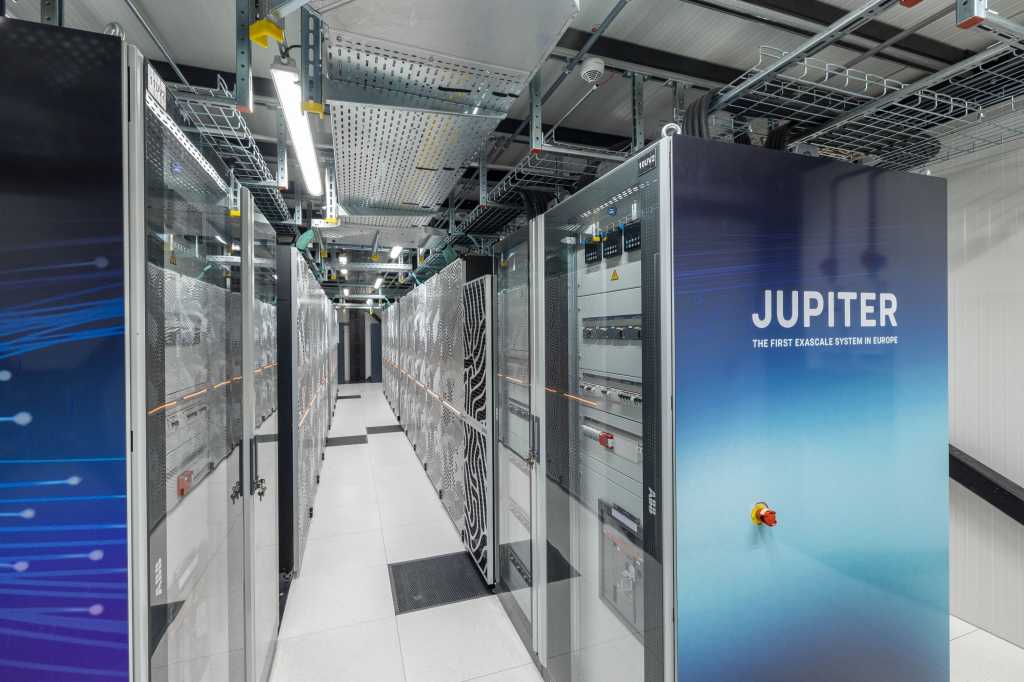
He added, “geopolitical events would be the most likely origin of any type of medium to long term disruption, think China-Taiwan, expansion of the Russia-Ukraine conflict, or escalation in the US-China trade war.”
For lower impact events, he said, “[Nvidia] does a nice job of setting conservative shipment goals and targets for Wall Street, which they almost invariably beat quarter after quarter. This provides some cushion for them to absorb a labor, process, or geopolitical hiccup and still meet their stated goals. Shipment volumes may not exceed targets, but shipments would continue to flow; the spice must flow after all.”
In a worst-case scenario where shipments are materially impacted, there is little recourse for enterprises that are not large-scale cloud consumers with clout with the limited providers in the space, Bickley added.
Enterprises joining a ‘very long queue’
According to Sanchit Vir Gogia, the chief analyst at Greyhound Research, the Nvidia earnings call “confirms that the bottleneck in enterprise AI is no longer imagination or budget. It is capacity. Nvidia reported $57 billion in quarterly revenue, with more than $51 billion from data center customers alone, yet still described itself as supply-constrained at record levels.”
Blackwell and Blackwell Ultra, he said, have become the default currency of AI infrastructure, yet even at a build rate of roughly 1,000 GPU racks per week, the company cannot meet demand.
Long-term supply and capacity commitments, said Gogia, “now stand at around $50.3 billion, and multi-year cloud service agreements have jumped to $26 billion, implying that much of the next wave of capacity has already been pre-booked by hyperscalers and frontier labs. Enterprises are not stepping into an open market. They are joining the back of a very long queue.”






















